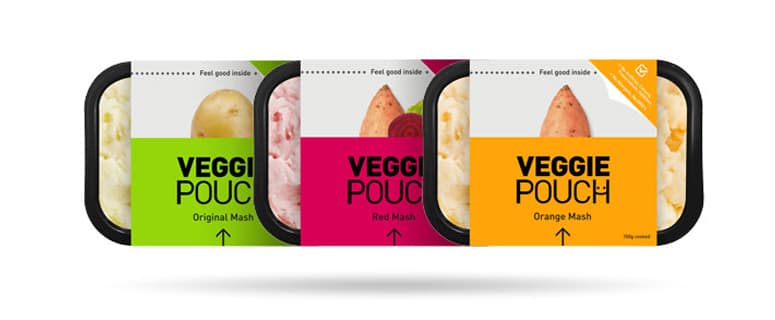
Are you Up to Date?
Are you aware of the new food allergen labelling changes that come into force from 13 December 2014? From this date, you will have a legal responsibility to give your customers the correct allergen information about ingredients in the food you prepare in your shop, takeaway or restaurant.
It is extremely important to know what the changes in food allergen labelling means for your business:
You and your staff cannot say to any customer that you are unaware of what allergens are in the food you prepare, produce or sell, especially those foods that are without packaging, and therefore without a list of ingredients.
Currently, eateries that sell foods purchased without packaging (or food prepared to a customer’s specific request) – places such as supermarkets, delis, cafes and restaurants – are not required to provide information about food allergens, but this will change from 13 December 2014.
This new European legislation is called the Food Information for Consumers Regulation and there are fourteen major allergens (used as ingredients) that have been identified and highlighted for labelling. The rules will only cover information about these major allergens intentionally used as ingredients. They are:
Cereals containing gluten
Crustaceans (prawns, crabs. crayfish, etc.)
Eggs
Fish
Peanuts
Soybeans
Milk
Nuts (such as almonds or walnuts)
Celery
Mustard
Sesame
Sulphur Dioxide (a preservative in some dried fruit)
Lupin
Molluscs (clams, mussels, oysters, etc.)
To ensure you are ready for the new food allergen labelling changes, it is worth preparing your eatery and your staff in advance. Consider the following:
1. Keep your staff trained and informed:
Download the Think Allergy poster for your food kitchen so that you and your staff have a simple, visual guide for reference. You can also download the Allergy Information for Loose Foods booklet
2. Be clear about what allergens are in the food you prepare. If there is more than one allergen in the overall product, they need to be shown
3. Keep it simple: the FSA suggest an easy to follow chart approach. The Allergy Information for Loose Foods booklet has a useful chart on page 11 that is straightforward to recreate
4. Ensure any suppliers you use have packaging ingredients lists
5. Update your menus and online food menus/descriptions ahead of the new legislations
6. Take extra care when selling or advertising gluten free products to ensure that there are no traces of gluten
7. Keep your information up to date: if you change your suppliers or products, take the time to go through the labels on your packaging and update the information on your menu
As you can see, there is a lot to consider. Here at Eat Marketing, we have the knowledge and expertise to help food companies when it comes to making sure that everything you need to do is in place for the new food allergen labelling changes.

We have already helped numerous companies, such as Protein Pouch, Zanfish, Shire Foods and Simpsons to name a few, with their menu designs and we can help you too with advice, marketing communication and packaging, and of course any menu and labelling changes you may need.
Stay ahead when it comes to the new food allergen labelling changes.



